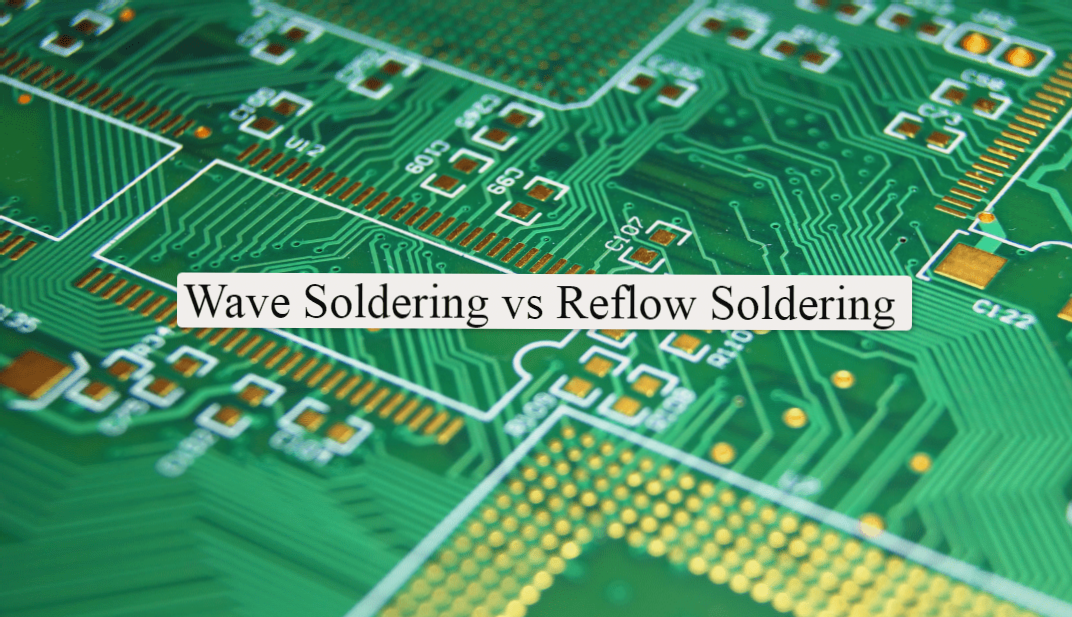7 Key Differences Between Wave Soldering and Reflow Soldering for PCB Manufacturing

In the rapidly evolving world of PCB manufacturing, selecting the right soldering technique is critical for ensuring optimal performance and reliability. As a leading PCB manufacturer in China, WellCircuits Electronics Services specializes in both wave soldering and reflow soldering processes for global clients. This guide explores the key differences between these two essential techniques to help you make informed decisions for your export-oriented electronics production.
Understanding Wave Soldering vs. Reflow Soldering
When choosing between wave soldering services and reflow soldering solutions, several technical factors must be considered. Both methods serve distinct purposes in PCB assembly for international markets:
1. Process Methodology
- Wave Soldering: Components are soldered using a molten solder wave crest
- Reflow Soldering: Uses hot air to melt pre-applied solder paste
2. Complexity and Control Requirements
- Wave Soldering: Requires precise temperature and time monitoring
- Reflow Soldering: Offers more flexibility with less environmental control needed
Technical Comparison: Wave vs. Reflow Soldering
| Factor | Wave Soldering | Reflow Soldering |
|---|---|---|
| Production Speed | Faster process for bulk manufacturing | Slower, more precise method |
| Cost Efficiency | More economical for high-volume orders | Higher initial investment required |
| Component Compatibility | Ideal for through-hole components | Best for surface mount devices (SMD) |
Choosing the Right Soldering Method for Export Manufacturing
When selecting between wave soldering for bulk PCB production and reflow soldering for precision assembly, consider these critical factors:
- Production volume requirements
- Component types and board complexity
- Quality standards for international markets
- Thermal management needs
“For high-volume PCB manufacturing in China, wave soldering often provides the best balance of speed and reliability, while reflow soldering excels in SMT assembly for complex circuits.” – WellCircuits Technical Team
Best Practices for Global PCB Production
As a trusted PCB supplier for international trade, we recommend:
- Conduct thorough DFM (Design for Manufacturing) analysis
- Consider thermal profiles for your specific components
- Evaluate solder joint reliability requirements
- Account for lead-free compliance in target markets
Partnering with a Professional PCB Manufacturer
For businesses seeking reliable PCB assembly services in China, partnering with an experienced manufacturer like WellCircuits ensures:
- Access to both wave and reflow soldering capabilities
- Technical support for export documentation and compliance
- Quality assurance meeting international standards
- Cost-effective solutions for global supply chains
Understanding these key differences in PCB soldering techniques will help you optimize your electronics manufacturing for export markets. Contact our technical team today to discuss the best soldering solution for your specific requirements.
